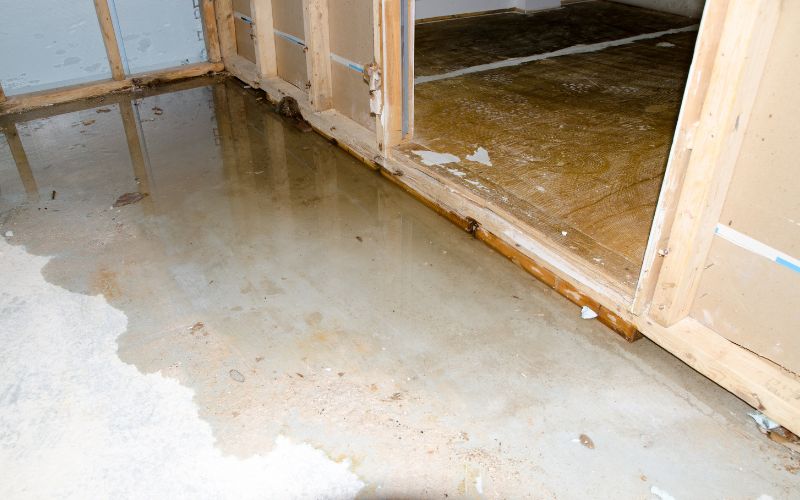
Image by Marc Dufresne from Getty Images Signature on Canva
A flooded basement can feel like a nightmare, which leaves you uncertain about where to begin. Flooded basement cleanup can help get your home back on track, but without a clear plan, it can feel overwhelming. Whether caused by heavy rain, a burst pipe, or a sewage backup, water in the basement can lead to mold, structural damage, and ruined belongings.
But with the right approach, you can restore your basement effectively and prevent future issues. In this guide, we’ll walk you through the essentials of flooded basement cleanup, including step-by-step instructions and key safety tips.
What Is Flooded Basement Cleanup?
Flooded basement cleanup is a structured process of removing water, drying out the area, sanitizing surfaces, and restoring your basement to a safe, dry condition. Flooding can occur in a basement due to external factors like storms and poor drainage or internal issues like plumbing leaks and sump pump failures. Because basements are often underground, they’re especially vulnerable to water accumulation, and when left untreated, this can lead to mold growth, compromised structural integrity, and a host of other problems.
A flooded basement cleanup aims to restore the space while protecting your home and health. This process can be extensive depending on the flood’s severity and the type of water involved (e.g., clean water from rain versus contaminated water from a sewage backup). Let’s go through the process step-by-step to understand each stage and the methods that can help you handle any flooding scenario.
Step-by-Step Guide to Flooded Basement Cleanup
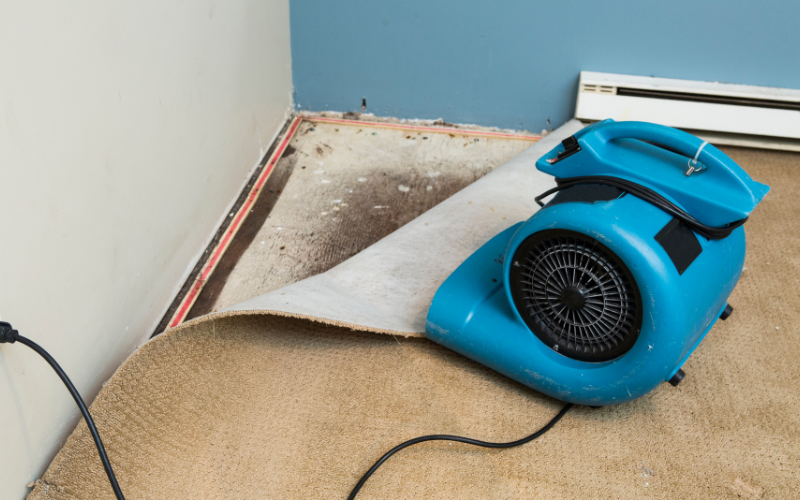
Image by VisualCommunications from Getty Images Signature on Canva
Cleaning up a flooded basement might seem like a big task, but breaking it down into specific steps makes it much easier to manage. Below is a step guide to flooded basement cleanup to get you through each phase effectively.
Step 1: Prioritize Safety
The first and most important step in any flooded basement cleanup is to make sure it’s safe to enter and begin cleaning. Floodwater can carry bacteria, electrical hazards, and hidden structural risks:
Turn Off Electricity
If water has risen to electrical outlets or appliances, turn off power to the basement. Find the breaker box and switch off the power for that area to avoid any risk of electrical shock. If you’re unsure, call a professional to check it out first.
- Wear Protective Gear
Floodwater, especially if it involves sewage, can carry bacteria and other contaminants. Wearing gloves, waterproof boots, and a mask protects you from exposure to harmful substances.
- Identify Water Type
Clean water (from rain or a broken pipe) is much less hazardous than sewage or contaminated flood water. If it’s unclear, assume the water could be harmful and proceed with caution. For large amounts of contaminated water, professional help is often the safest option.
Step 2: Remove Standing Water
The next step is to get rid of any standing water quickly. Removing water promptly prevents mold growth and further water damage and helps your basement dry out faster:
- Use a Wet/Dry Vacuum for Shallow Water
For small amounts of water, a wet/dry vacuum can be effective. Make sure it’s rated for wet use, and empty it frequently to avoid overflows.
- Set Up a Sump Pump for Deeper Water
For more serious flooding, a sump pump works well to remove large amounts of water. Place the pump at the basement’s lowest point to extract as much water as possible.
- Consider Professional Extraction for Severe Flooding
If the flooding is widespread or deep, professional services use powerful pumps and specialized equipment to clear the area quickly. This can be essential for large floods where time is critical to prevent damage.
Step 3: Clear Out Damaged Items and Debris
Once the water has been removed, the next step is to clear out any items and debris left behind. Waterlogged belongings can grow mold quickly, so it’s important to address these items as soon as possible:
- Discard Damaged, Porous Items
Items like carpets, rugs, drywall, and upholstered furniture are often ruined by water and can grow mold. Discarding these items helps prevent lingering dampness and bacteria from spreading.
- Move Salvageable Belongings to a Dry Area
Items that can be cleaned, like metal, plastic, or glass items, should be moved to a dry, ventilated area where they can be wiped down and dried.
- Clear Out Any Mud or Debris
Flooding often brings in mud, dirt, and organic debris. Remove any leftover muck from the floor and walls to make drying and sanitizing easier in the next steps.
Step 4: Thoroughly Dry the Basement
Drying out the basement completely is critical for avoiding mold, odors, and water damage. This process may take a few days, but it’s a key step in flooded basement cleanup:
- Run Dehumidifiers Continuously
Dehumidifiers are effective for drawing moisture out of the air, which speeds up the drying process. In large basements, consider using multiple units.
- Use Fans to Improve Airflow
Fans circulate air and help reduce dampness by pushing moisture-laden air out of the basement. Place fans near windows or doorways if possible to vent damp air outside.
- Add Heat if Possible
If temperatures are cold, using a space heater can help by warming the air and encouraging moisture evaporation. Warm, dry air speeds up drying and makes it harder for mold to grow.
Step 5: Clean and Sanitize the Basement
Cleaning and sanitizing are necessary to eliminate any contaminants brought in by floodwater. This step is especially important if the water is contaminated with sewage or chemicals:
- Disinfect All Surfaces
Use an EPA-approved disinfectant on floors, walls, and any non-porous surfaces to kill any bacteria or pathogens. Scrub thoroughly, paying close attention to areas where the water sat the longest.
- Scrub Stubborn Stains and Grime with Detergent
If there are lingering stains or dirt left behind by the water, a mild detergent can help lift grime. Rinse the area well afterward to remove any residue.
- Check for Mold Growth
Flooded areas can grow mold within days. Inspect the walls, floors, and hidden areas for any signs of mold. If mold appears, it’s often best to call a professional mold remediation specialist to prevent it from spreading.
Step 6: Inspect for Structural Damage
Flooded basement cleanup often reveals structural issues. Once the area is thoroughly clean and dry, carefully inspect for any visible indicators of damage.
- Look for Cracks in Foundation Walls and Floors
Floods can put a lot of pressure on basement walls and floors, sometimes causing cracks. Check for any new or widened cracks that may need attention.
- Check Wooden Structures for Warping or Rotting
Water can damage wooden beams, floor joists, and support structures, causing them to sag or rot. Look closely at any woodwork in your basement for these signs.
- Hire a Professional Inspection if Needed
For extensive flooding, it’s a good idea to have a contractor check for any hidden damage to the foundation or supports.
Step 7: Take Steps to Prevent Future Flooding
Preventing future flooding is the final step in restoring your basement. Simple maintenance steps and upgrades can make a big difference in keeping your basement dry in the long term:
- Install a Sump Pump (or Backup Battery)
A sump pump automatically removes water, which makes it essential for keeping your basement dry. A battery backup can guarantee it works during power outages as well.
- Maintain Gutters and Downspouts
Clogged gutters and downspouts cause water to pool around the foundation. Clean them regularly to keep rainwater moving away from the house.
- Seal Cracks and Apply a Waterproof Sealant
Applying a sealant to any small cracks in your basement walls and floors can help keep water out and reduce leaks.
- Check Yard Grading
Make sure the ground around your home slopes away from the foundation. This helps divert rainwater and melted snow away from the basement and reduces the risk of flooding.
FAQs About Flooded Basement Cleanup
How much mold is concerning?
Mold becomes a concern when it covers more than 10 square feet, as it can spread spores that impact air quality and health. If mold spans an area larger than 10 square feet, it’s advisable to contact a professional mold remediation company for safe removal. Even smaller patches can be challenging to clean, so if you’re uncomfortable managing it on your own, reaching out to a professional is a good choice.
How do I get rid of the musty smell in my basement after flooding?
A musty smell usually indicates lingering moisture or mold. Use dehumidifiers and fans to dry out the space, and clean all surfaces with disinfectant. If the smell persists, check for hidden mold or moisture spots and consider professional mold remediation services.
Can flooding affect the resale value of my home?
Repeated flooding or evidence of water damage can decrease a home’s resale value if not properly addressed. Buyers often view water damage as a sign of potential mold and structural issues. However, documenting professional repairs and preventive measures can reassure potential buyers and protect your home’s value.
Professional Help for Flooded Basement Cleanup
Cleaning up after a basement flood can seem daunting, but a well-organized approach makes it possible to restore your space safely and comfortably. Following the right flooded basement cleanup methods can minimize damage, prevent mold growth, and help protect your basement’s structure.
For comprehensive flooded basement cleanup and property damage restoration, contact our specialists at PuroClean Zephyrhills. We’ll take care of every detail with the utmost care and precision. Don’t wait until it’s too late – proactive, efficient recovery is just a call away!
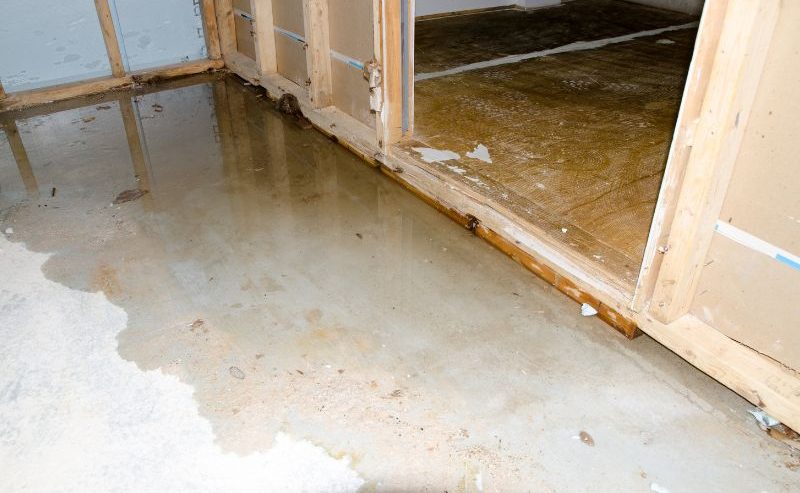
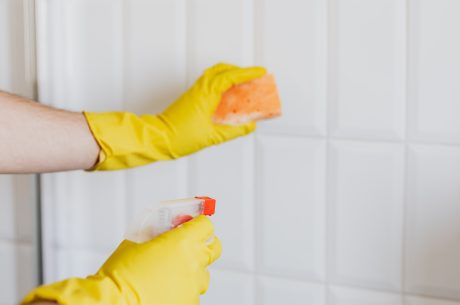

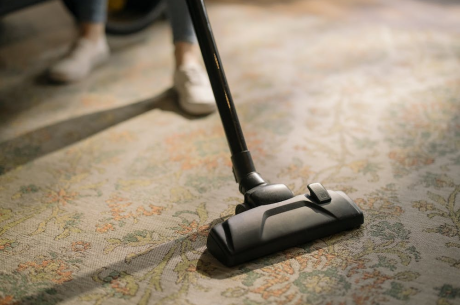
 PuroClean Certified Restoration Specialists
PuroClean Certified Restoration Specialists